Understand The Counters To Common Berimbolo Defenses | Technique Showcase
Understand The Counters To Common Berimbolo Defenses | Technique Showcase
We consulted with, Daniel Maira and Nick Salles, black belts under Mikey Musumeci to explain the most common berimbolo defenses, and counters to each.
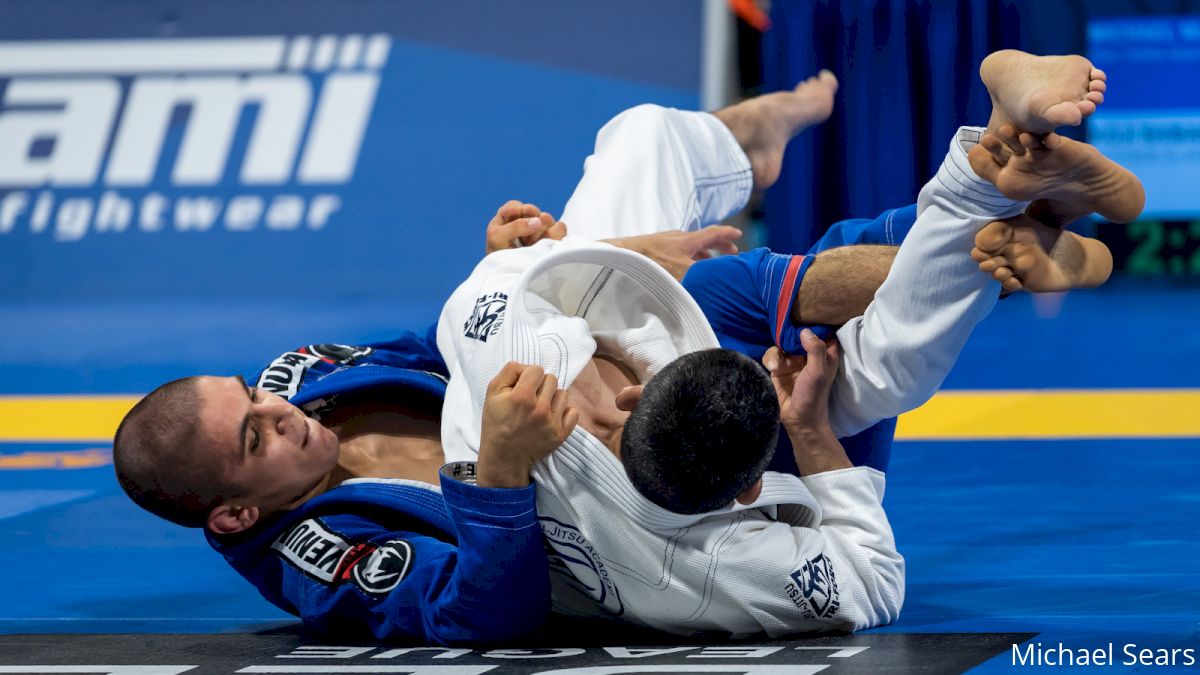
Unlock this article, live events, and more with a subscription!
Already a subscriber? Log In
In the last decade, the berimbolo has grown from a specialist technique to a must-have, especially among competitors in the lower weight classes.
Berimbolo artists have pushed the technique beyond its roots in the de la riva guard. It has become a diverse attack with several pathways and philosophies, including inside and outside berimbolos, leg drag and crab ride variations, and the increasingly popular matrix backtake.
But as the berimbolo has become a central technique in jiu-jitsu, the defenses to the rolling backtake have also become well understood.
These common defenses have turned every berimbolo into a fight which only those with the smartest solutions and the cleanest technique can win.
In this edition of Technique Showcase, we consulted with berimbolo specialists Nick Salles and Daniel Maira — black belts under Mikey Musumeci — to explain the most common defenses to the berimbolo, and the counter attacks to each.
We went through the archives to find each of those counters being executed live by some of the best bolo artists at the highest levels of competition.
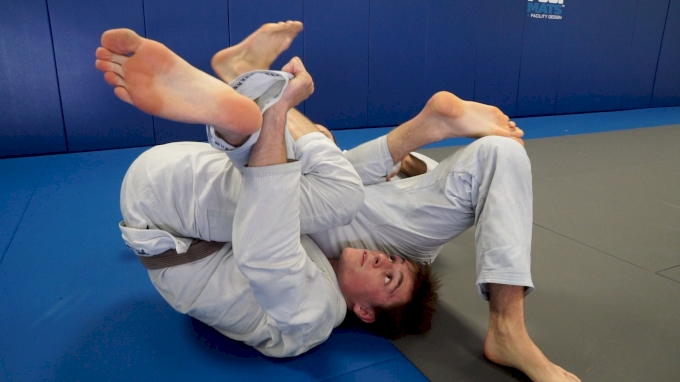
At this point, it's difficult to find footage of a berimbolo that works on the first attempt. Defenders are too wise to the game, meaning that as soon as the defenders hips touch the mat, the chase is on.
One of the most common initial reactions in that chase is for the defender to post on their hand in an attempt to maintain distance. The defense can make it challenging for the attacker to control the defender using only his legs. But an easy counter can alleviate that problem.
Watch: Countering The Hand Post Berimbolo Defense With Nick Salles and Danny Maira
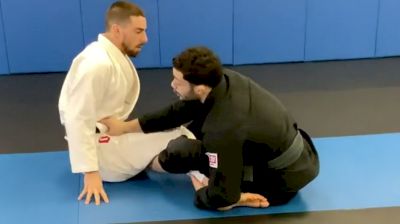
Below is an example of Levi Jones-Leary executing this technique at Pans in 2019. As Levi moved to invert, his opponent, John Combs, posted his hand in an attempt to create distance. In a sudden movement, Levi switched his grips, trying to establish a frame against Combs’ hips.
Combs made an explosive movement, trying to spin out of Levi’s back taking effort. But the finishing grips came on too quickly, and Levi earned back control.
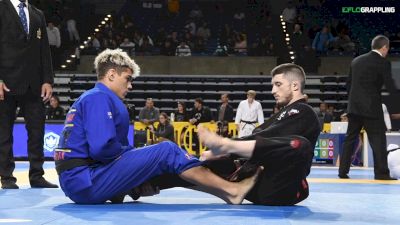
In a match later at Pans, Levi had a similar exchange with Renato Canuto, but he met more resistance. Levi tried to enter the berimbolo from 50-50. As Canuto fell, he posted his hand on the mat, trying to strip Levi’s foot position and keep distance.
But Levi switched to a deep drawstring grip on Canuto’s far hip. With this grip, he elevated Canuto, keeping his forearms in place as strong frames.
Although Canuto defended even the second berimbolo attempt, Levi had generated enough movement to switch to a crab ride and follow his opponent, finishing the back take from a standing position.
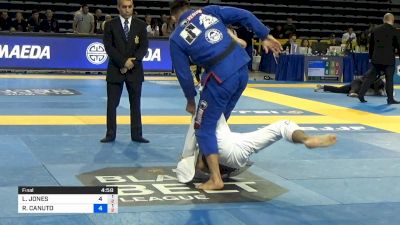
If, instead of posting on their near hand for increased mobility, the defender falls on their far shoulder for increased stability, the berimbolo attacker must be ready with a secondary option. When the defender extends himself away to his far shoulder, he is leaving himself open to an easy sweep. The attacker can come up for a quick score, and then continue passing or pursue another berimbolo attempt at will.
Watch: Countering The Distancing Berimbolo Defense
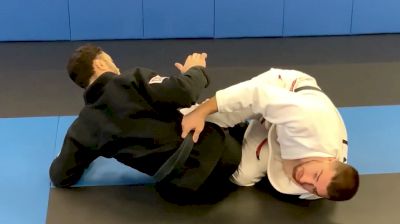
In this Worlds matchup, Mikey Musumeci initiated a berimbolo sequence.
The first defense he encountered was Alexssandro Sodre’s hand post. When the hand post failed, Sodre took his weight out of his right hand and put it in his left hip.
This change in weight prevented the back take momentarily, but offered an easy sweep to Musumeci.
As soon as Musumeci secured his points, he rolled after Sodre’s back again, this time from the top and with better grips. Here he had an easy route to get behind Sodre, establish the position and earn the submission.
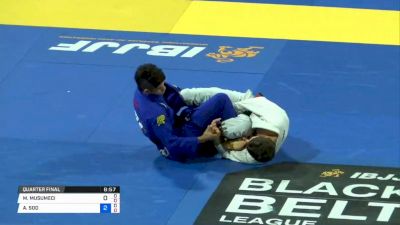
This is how Levi Jones-Leary finished the highest-profile berimbolos of his career. He wasn’t able to take Lucas Lepri’s back in the 2019 Euros lightweight final, but the threat of the backtake opened up the opportunity for an easy sweep.
Lepri did a good job of keeping his back away from Levi, but the moment that Lepri put shifted his weight from his left hip to his right hip, Levi capitalized by coming to the top position.
In this case, Levi opted not to continue chasing Lepri’s back. The sweep against the seven-time world champion was enough to secure a victory.

In another famous berimbolo attempt, Roberto Jimenez took the come-up route to score on Keenan Cornelius. Keenan first fell to his right arm. Anticipating the proper response from Roberto, Keenan moved to his left arm, placing his weight on his far hip.
That gave Roberto the green light to take top position, which he did before attempting another back take.
Roberto’s second attempt failed, as well. But he was able to recompose the top position and scored two points.

Defenders looking to maximize stability and minimize back exposure will often fall not to one hip or the other, but flat to their backs. On these occasions, the berimbolo attacker will find it challenging to finish with the traditional leg configuration.
For this reason, the twister hook has become exceedingly popular among berimbolo specialists. The twister hook torques the defender’s knee, so that they can’t keep their hips flat on the mat.
With the defender’s hips elevated, it’s not difficult for the attacker to create avenues to the back.
Watch: Countering The Flat Back Berimbolo Defense
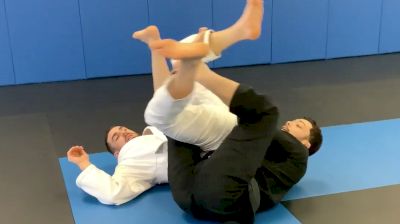
In this first example, Mikey inverted, and quickly established a picture-perfect berimbolo position. But, just a few seconds into the match, Musumeci’s opponent was still mobile. Musumeci opted to slow the match down, setting his grips and establishing a twister hook before continuing his pursuit for the back.
The twister hook, combined with the drawstring grip, offered him superior control over his opponent’s hips, so that Mikey could encumber his opponent as he tried to run free.
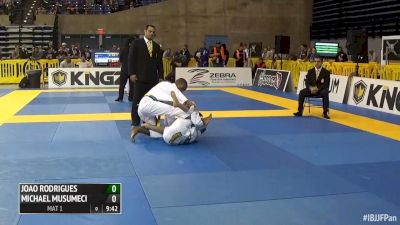
In the second example, Tommy Langaker attacked a somewhat sloppy berimbolo, and switched to crab ride to make up for his poor leg positioning. A lesser back taker might have lost everything in pursuit of back control. But Tommy maintained control of his dominant drawstring grip, and he put his entire focus into establishing the twister hook.
Once he gained the twister hook, Tommy successfully drove his opponent’s knee toward the ground, elevating the defenders hips to make room for the second hook.
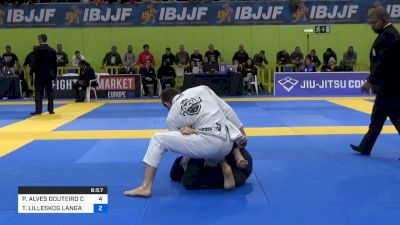
When the twister hook is not available, a dominant grip can sometimes be enough. Johnatha Alves encountered a flat back defense against Shane Jamil Hill-Taylor in this next clip.
Jamil was cautious to prevent Alves from setting a twister hook. He controlled Alves’ inside leg, preventing him from changing the angle for the appropriate leg position.
Because Alves already had a high collar grip and a deep drawstring grip, he still had enough control to finish the bolo.
Instead of setting a twister hook with his outside leg, Alves used the leg to push off the mat, escaping his hips and pulling with his grips so that Jamil fell into the pocket. There, Alves secured a seatbelt and finished the back take.
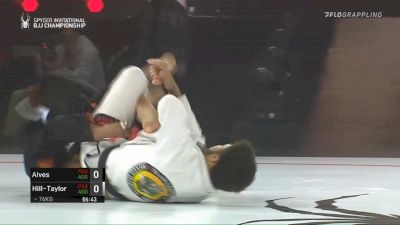
The twister hook is one of the most effective leg configurations in the berimbolo game. But it comes at a price. If the attacker isn’t careful with his grips, the defender can shift his hips and knee, reversing the position and potentially taking the attacker’s back.
Salles and Maira offer a simple solution to this potential threat.
Watch: Countering The Leg Press Berimbolo Defense
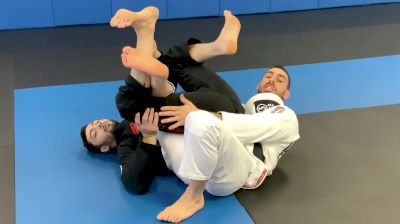
In this example, Tommy Langaker attempted a berimbolo against Gabriel Arges. Once he set Arges down, he switched momentarily to a matrix back take attempt before settling into crab ride. From the crab ride, he positioned his twister hook. As Arges pushed back, Tommy changed momentum, rolling over his shoulder to finish the backtake.
One thing to note in this example is that Langaker didn’t use the backroll to counter Arges’ leg press. Langaker didn’t fully establish the twister hook before Arges attempted a latent flat back counter. But the effect was the same. Langaker followed Arges’ momentum, back-rolling to the chair sit position where he finished the back take and earned the victory after a disqualification for fleeing the mat.
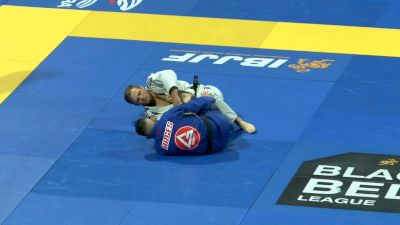
Additional Resources

Many of the world’s best berimbolo specialists have shared their techniques, drills and philosophies with us. Check out the videos below.
Berimbolo Mania | Saturday Match Rewind (ep. 17)
Match Rewind: Levi Jones-Leary vs Lucas Lepri
Match Rewind: Johnatha Alves vs Jamil Hill-Taylor
5 Matches, 5 Berimbolos: Johnatha Alves 2019 Pans Highlight
Technique: Espen Mathiesen Shows The Berimbolo With Two Finishes
FMG: Levi Jones-Leary Shows His Favorite Berimbolo Sequence
Tainan Dalpra And Johnatha Alves Drilling Backtakes
Johnatha Alves Daily Footwork Drills For Unstoppable Back Takes & Leg Drags